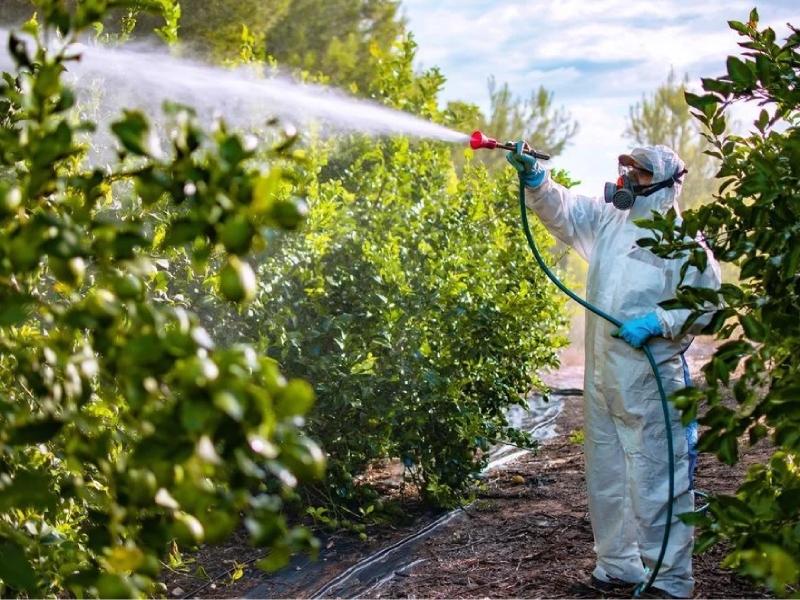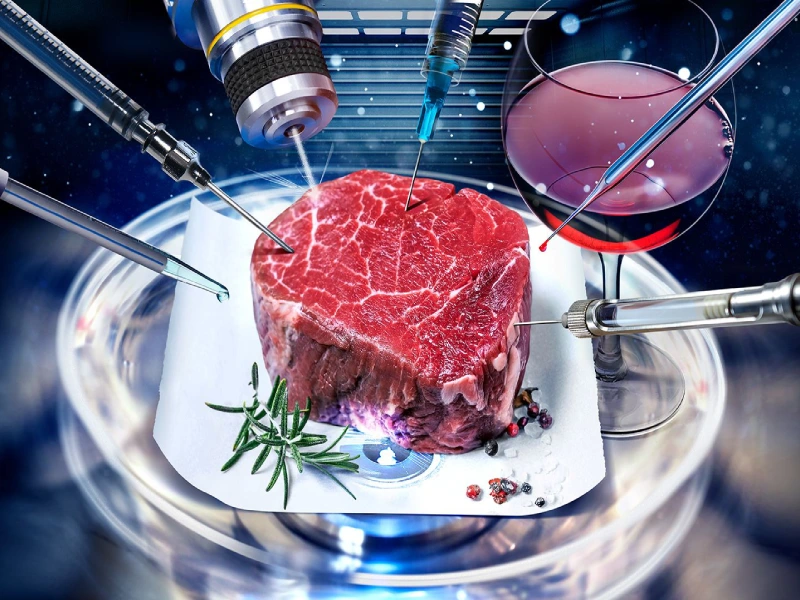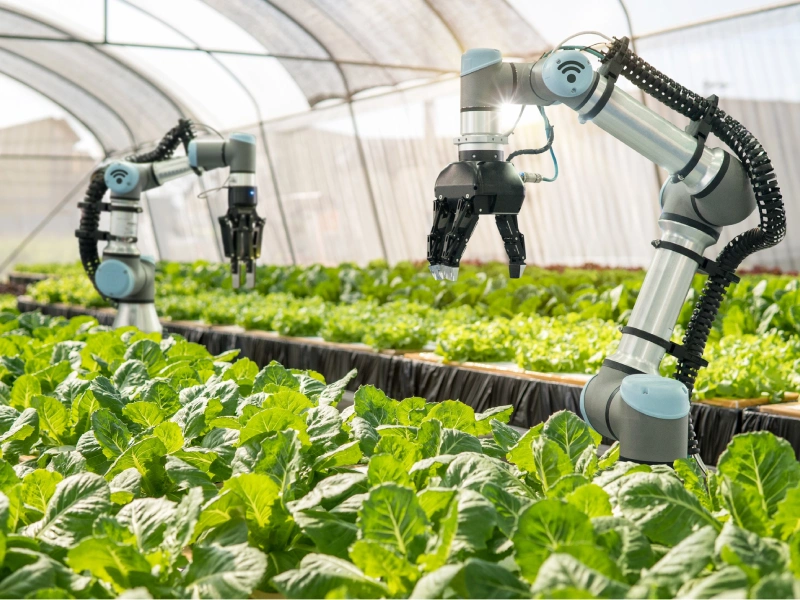Pioneering a Sustainable Future: Exploring the Promising Path of Lab-Grown Meat

Safeguarding Food Safety: Understanding Pesticide Residual Content and International Regulations
July 13, 2023Introduction
As our world grapples with the environmental and ethical challenges of traditional animal farming, a revolutionary solution is emerging on the horizon: lab-grown meat. Also known as cultured meat or clean meat, this innovative technology has the potential to reshape our food system, offering a sustainable and ethical alternative to conventional meat production. In this blog, we will explore the future of lab-grown meat, its benefits, challenges, and the transformative impact it could have on our planet.
The Science Behind Lab-Grown Meat
Lab-grown meat is produced by culturing animal cells in a controlled environment. The process involves extracting a small sample of animal cells, usually through a biopsy, and placing them in a culture medium that provides the necessary nutrients for cell growth. Over time, the cells multiply and develop into muscle tissue, which can then be harvested and processed into meat products. This approach eliminates the need for traditional livestock farming, reducing the environmental impact associated with land use, water consumption, and greenhouse gas emissions.
Environmental Sustainability
One of the most significant advantages of lab-grown meat is its potential to mitigate the environmental issues linked to conventional meat production. According to studies, cultured meat has the potential to significantly reduce land usage, water consumption, and greenhouse gas emissions. By eliminating the need for large-scale animal agriculture, lab-grown meat can help preserve natural habitats, combat deforestation, and mitigate the detrimental effects of climate change. With an ever-increasing global population and growing demand for meat, this sustainable alternative could play a vital role in ensuring food security and environmental stewardship.
Animal Welfare and Ethical Considerations
Lab-grown meat has the potential to revolutionize animal welfare by providing a cruelty-free alternative to traditional farming practices. By producing meat directly from animal cells, there is no need for raising and slaughtering animals for food. Lab-grown meat also eliminates the use of antibiotics and growth hormones commonly employed in animal agriculture, leading to a more ethically sound and transparent food production process. As consumers become increasingly concerned about the treatment of animals and the ethics of their food choices, lab-grown meat offers a promising solution that aligns with their values.
Challenges and Future Outlook
While lab-grown meat holds tremendous potential, several challenges must be addressed for its widespread adoption. One key obstacle is the cost of production, as scaling up the technology and optimizing the processes involved remains a complex task. However, with advancements in research and technology, experts predict that the costs will gradually decrease, making lab-grown meat more affordable and accessible. Additionally, regulatory frameworks and public acceptance will play a critical role in shaping the future of this industry. Collaborative efforts between scientists, policymakers, and stakeholders are crucial to ensuring the safe and efficient development of lab-grown meat and establishing a clear path for its integration into our food system.
Conclusion
Lab-grown meat represents a groundbreaking leap forward in sustainable and ethical food production. With its potential to address the environmental impact of traditional animal farming, improve animal welfare, and meet the growing demand for meat, this innovative technology offers a promising future for our planet and our palates. As scientists and researchers continue to refine and advance the field of lab-grown meat, we must embrace this transformative opportunity to build a more sustainable and compassionate world—one where our food choices contribute to a healthier planet and a brighter future for all.



